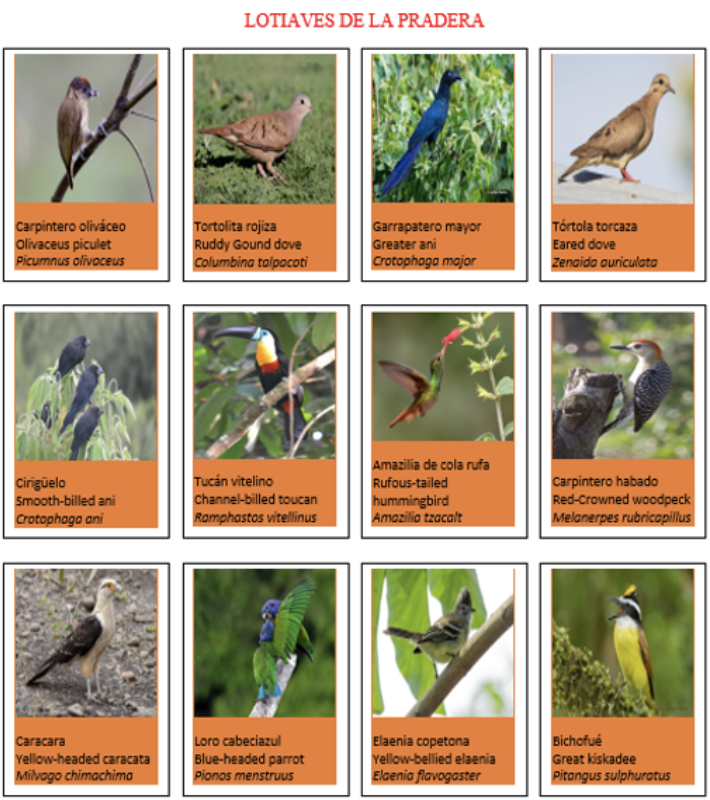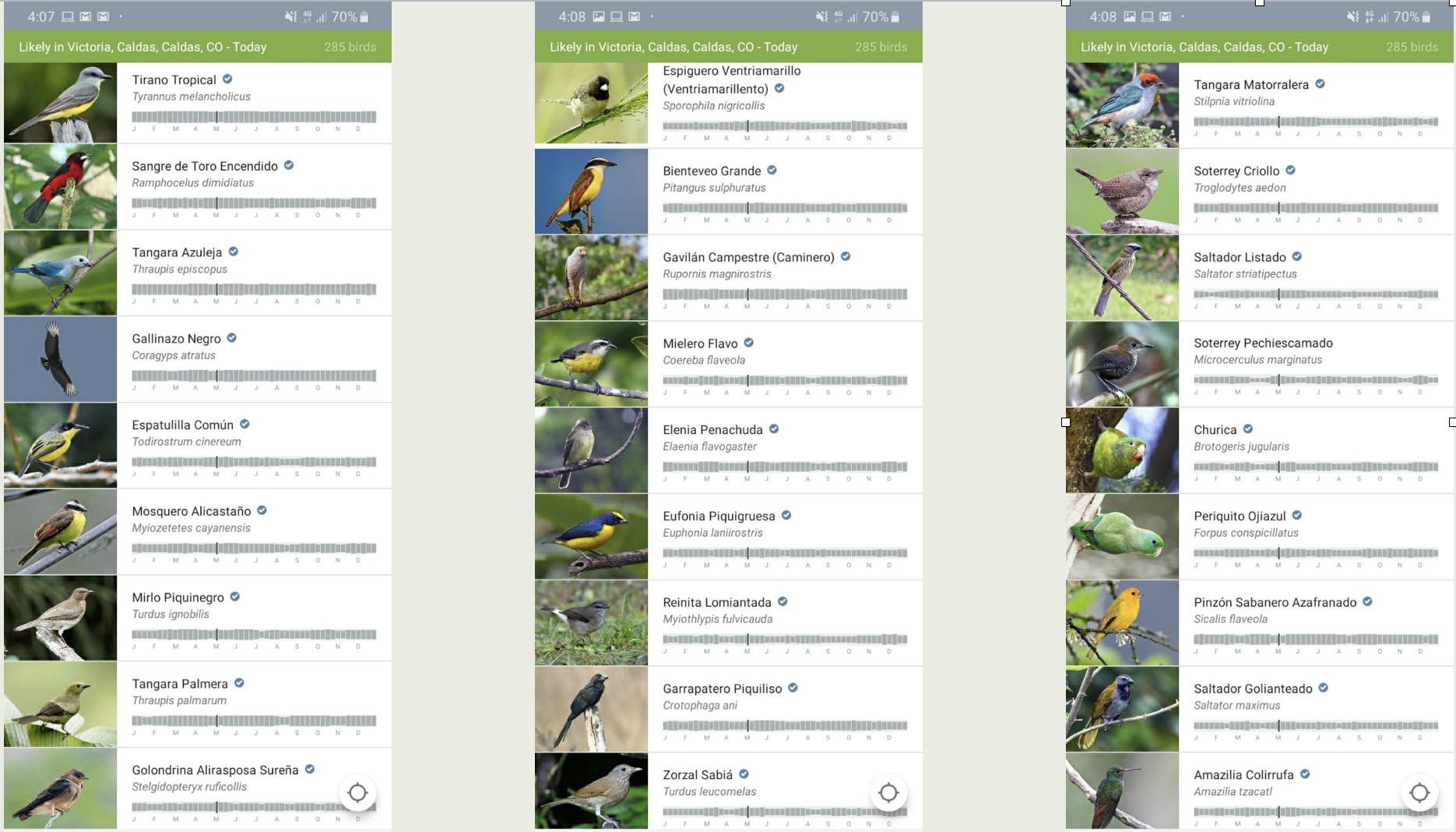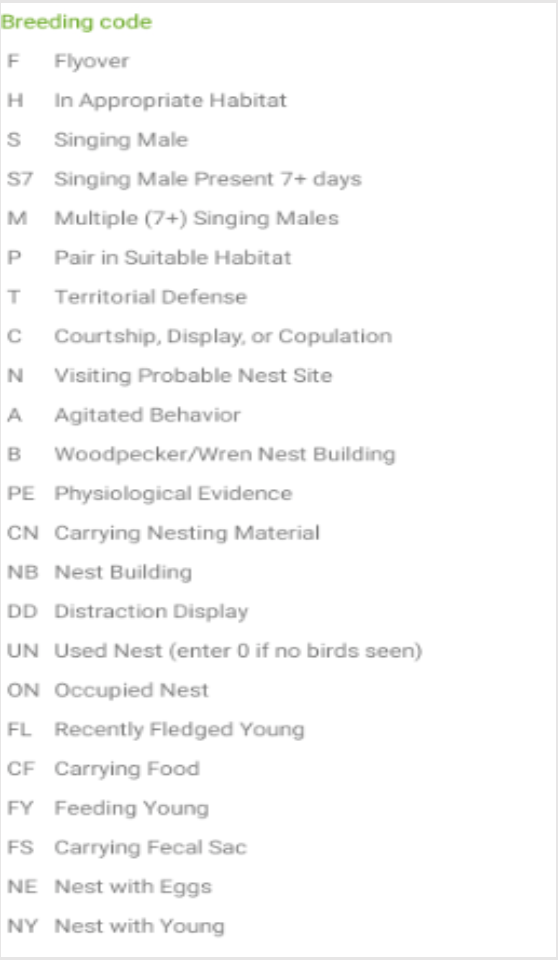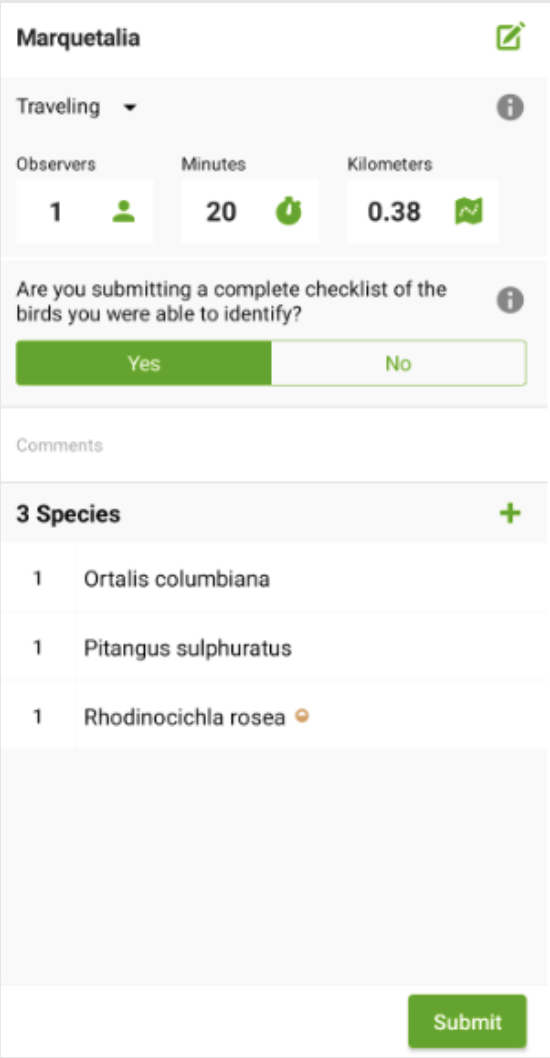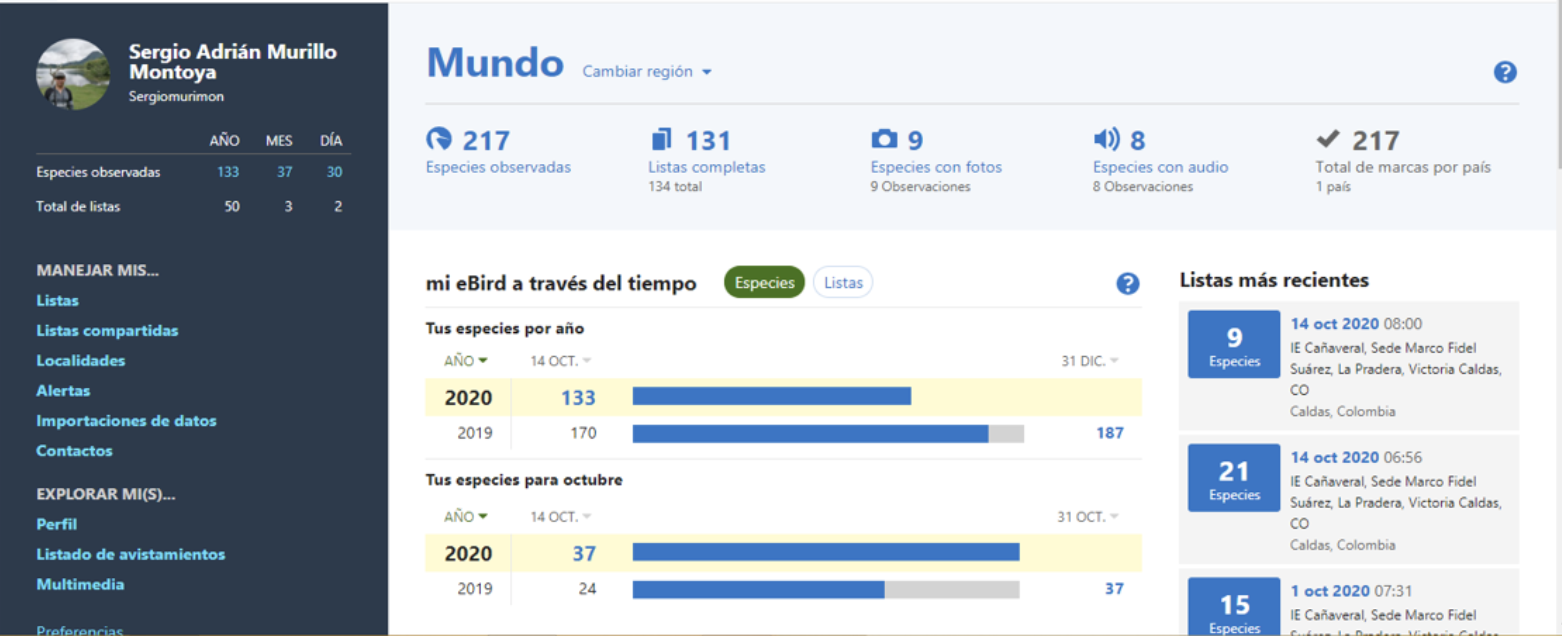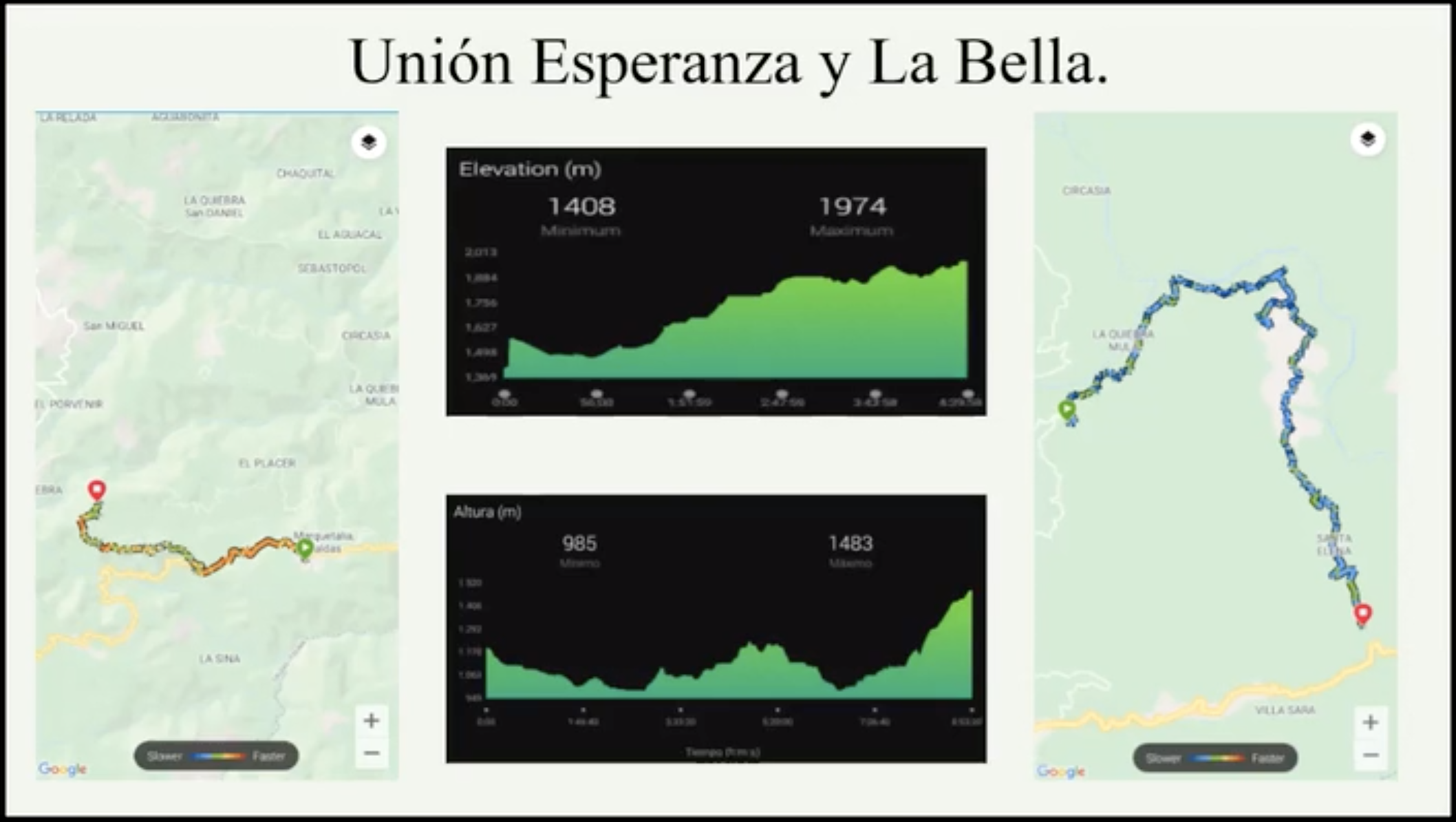Global Big Day and October Big Day were two wonderful events that provided participants with the opportunity to connect with the beautiful birds that spend their winters in their communities. There are many technical aspects involved that made the event not only fun but beneficial to the study of these migratory species. On top of this the organizers have been able to create various educational and fun materials such as the “Birds of the Meadow Bingo”.
The organizers used eBird, an online platform, as a place to compile all the data collected during the event. Through eBird participants can enter detailed information about the species they encounter that people around the world can access. This platform also gives participants audio samples of the bird calls along with pictures and important information about the birds.
- Tapera naevia audio sample provided by Macaulay Library, recorded by Laura Céspedes.
- Cardellina canadensis audio sample provided by Macaulay Library, recorded by Sam Jones.
- Setophaga cerulea audio sample provided by Macaulay Library, recorded by Garrett MacDonald.
- Vermivora chrysoptera audio sample provided by Macaulay Library, recorded by Jay McGowan.
In order to make sure that the participants used the platform properly, a section dedicated to eBird was included in a presentation given before the event. The participant should begin a list of the birds they see, only adding those that they can identify with certainty. Each list should be used for about twenty minutes. After this the list should be finalized and uploaded and a new list created. For each individual bird observed the participant enters as much information as they can. They input codes for the behaviors that they observe. They also add the location of where they are when the bird was spotted. This includes the altitude of the location and the type of environment. In some hot spots, communities have observed and registered over 300 individual birds, a great success for this region!
eBird also provides a lot of resources for the participants to use such as images of both male and female birds of each species and audio recordings of the birds. The platform also compiles information from each list uploaded. Maps can be found showing the frequency of a species in an area. The app also highlights species listed in an area where they are rarely seen to make sure the student is accurately identifying the bird. The student’s observations can also be accompanied by any pictures that the student takes of the bird and uploads.
In order to properly identify a bird, there are a few characteristics that participants should focus on. Advice of how to identify the species of a bird was given during the presentation. The organizers wanted to make sure that the participants were not only looking at the color of the bird because many different birds can have similar overall colors. Instead, the participants should take note of the shape of the head, beak, tail, and wings, along with the behavior of the bird.
